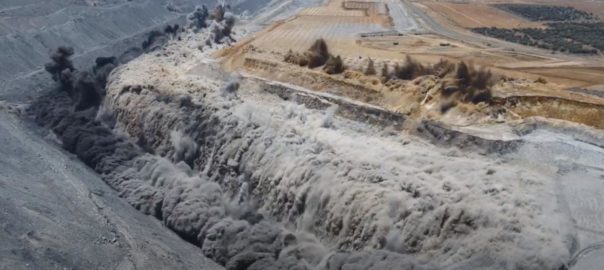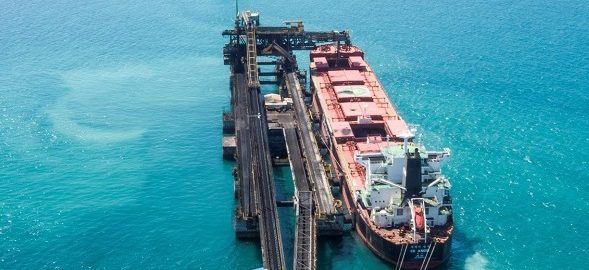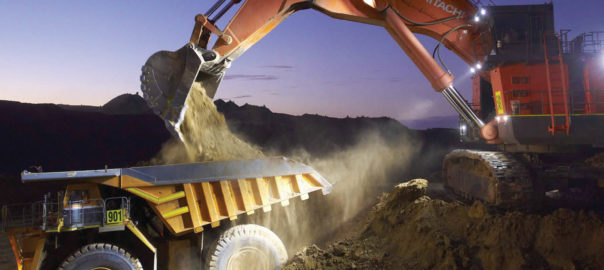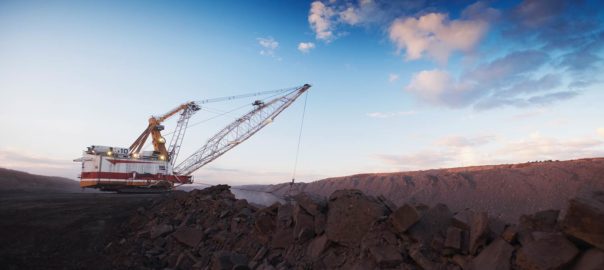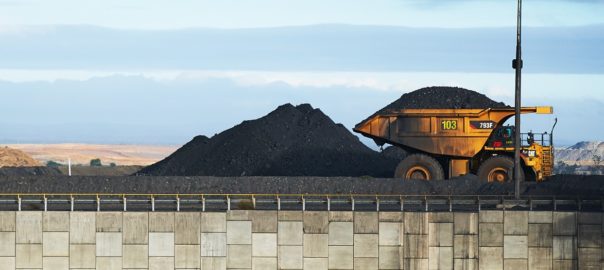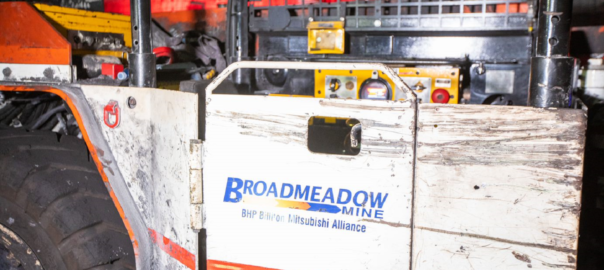Demand from customers for Dyno Nobel’s electronic blasting technology is, the company says, boosting manufacturing in regional Queensland, Australia.
The Helidon plant, in southeast Queensland, has expanded to increase electronic detonator production, helping boost regional employment, it said.
Since the plant expansion late last year, the number of employees has grown to 103, up 63%, with more people needed at the plant to manufacture the company’s premium technology, which Dyno Nobel says has seen continued growth.
A business of Incitec Pivot, Dyno Nobel’s half-year results released in May showed a 14% increase in electronic initiating systems sales in Asia Pacific, compared with the same time last year.
Incitec Pivot Managing Director and CEO, Jeanne Johns, said: “Dyno Nobel’s overall mining volumes continue to be supported by our premium technology offering. We are seeing strong demand for our technology from customers who want to improve their productivity and safety outcomes, while also reducing the impact on the environment.
“We tailor our premium technology solutions to manage specific sites requirements and issues and, as a result, our customers are getting better blast outcomes.”
President of Dyno Nobel Asia Pacific, Greg Hayne, said Australia’s mining sector was continuing to operate well.
“We are continuing to invest strongly in our technology pipeline, assisting our customers and supporting the Australian economy with local jobs in manufacturing,” he said.
Looking forward, Dyno Nobel is focused on rolling out its DigiShot®Plus.4G system to further improve safety and productivity at mines across Australia. Released in 2018, DigiShot Plus.4G is designed to help reduce overall costs and increase productivity by reducing blasting delays and introducing programming speeds seven times faster than existing systems.
It was this technology that produced a world record blast at BHP Mitsubishi Alliance’s (BMA) Caval Ridge Mine in Queensland last December.
“As we continue to develop our technology road map, it’s nice to see these types of outcomes, which reinforce the way our technology aligns with the needs of our customers,” Hayne said.







